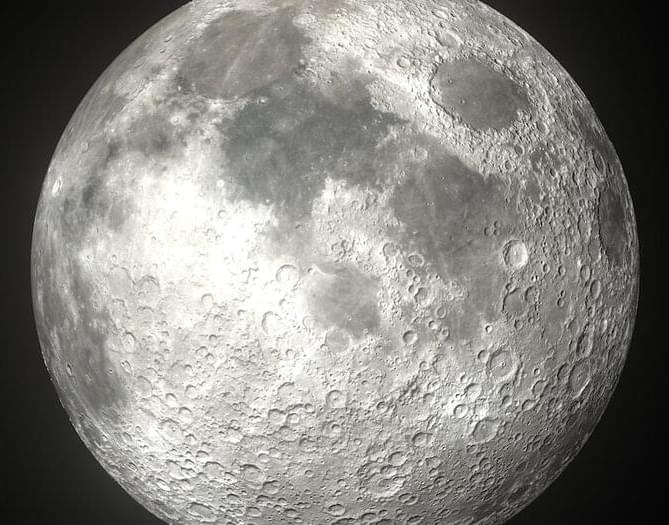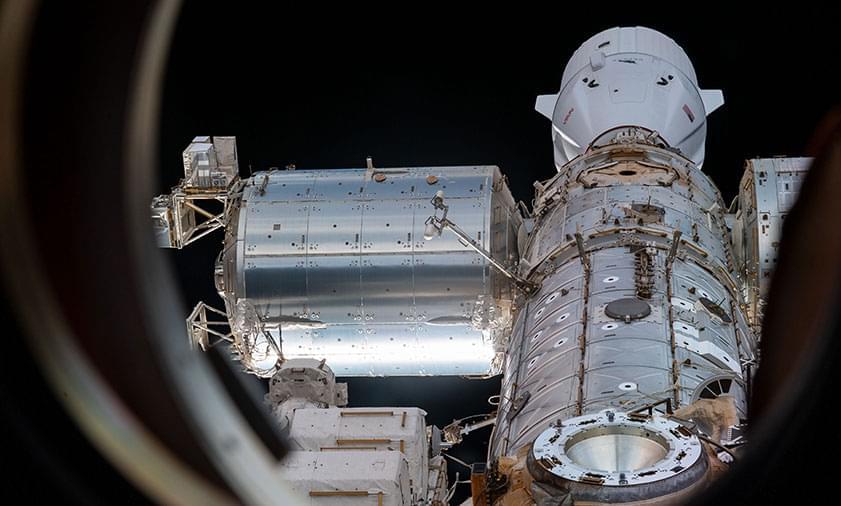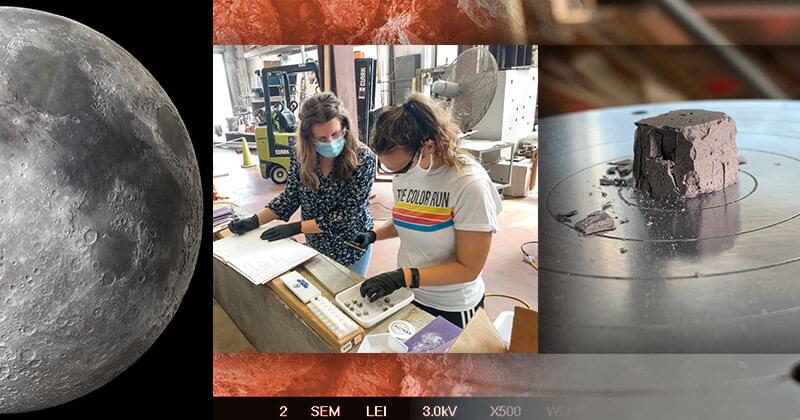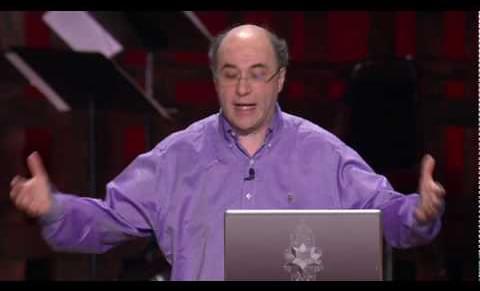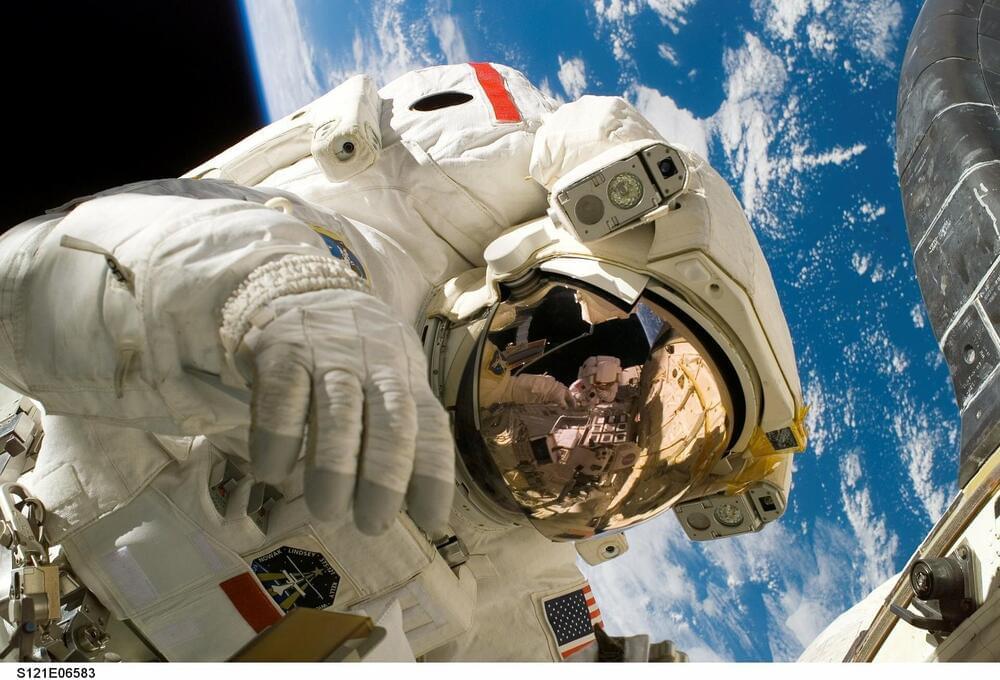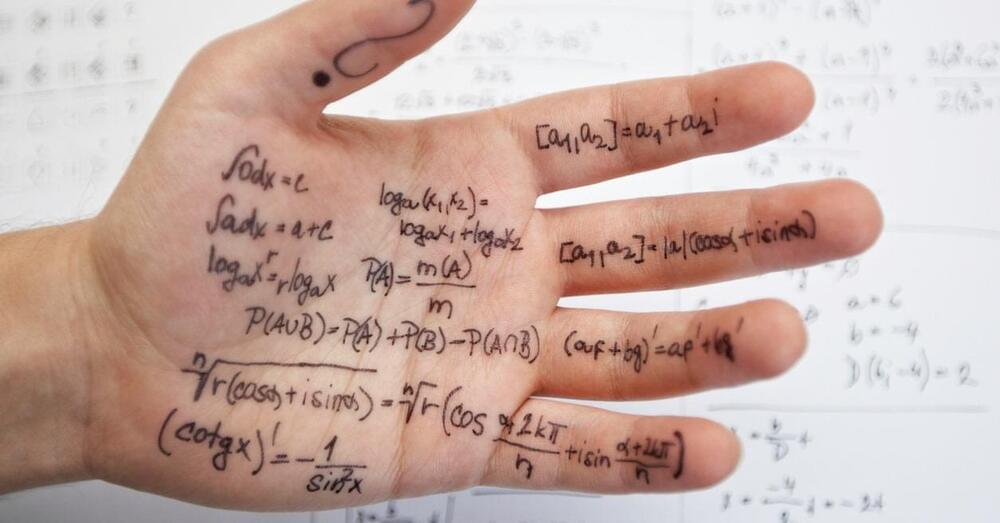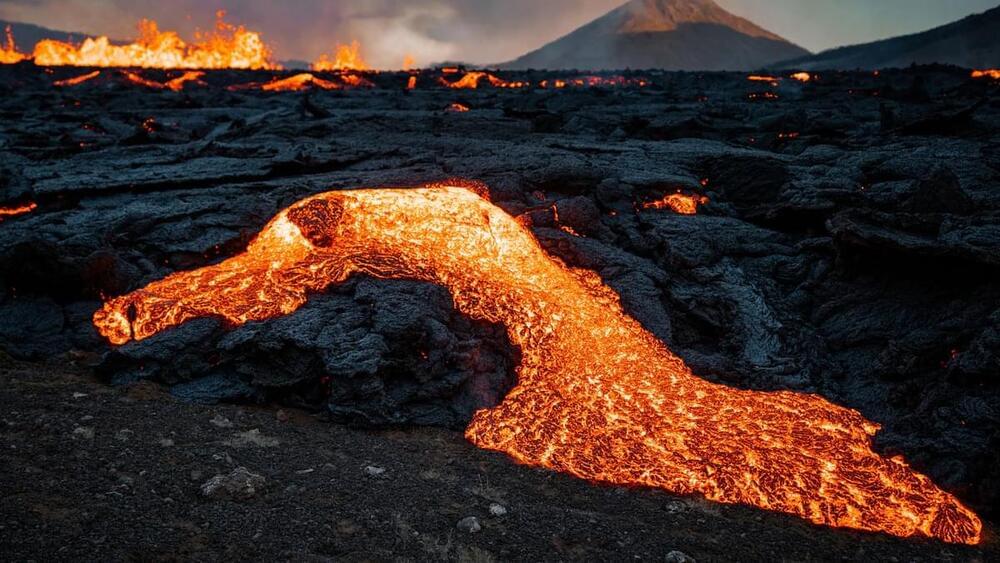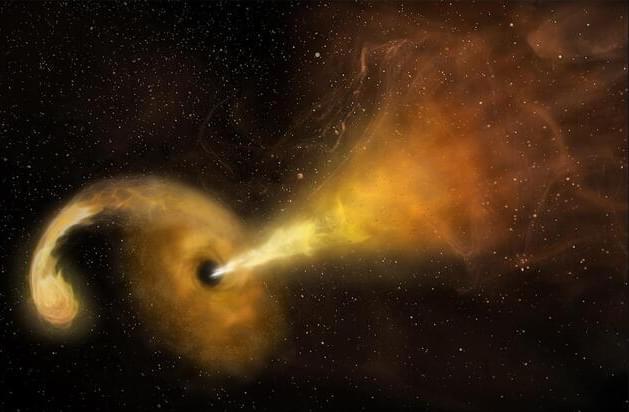Aug 15, 2022
Designing hetero-interfaces toward new optoelectronic functionalities using large-scale computations
Posted by Dan Breeden in category: futurism
Assembling Lego-like, 2D heterostructures can give rise to emergent properties and functionalities very different from the intrinsic characteristics of the constituents.
Density functional theory (DFT)-based band-structure calculations can shed light on interfacial properties of different heterostructures.

